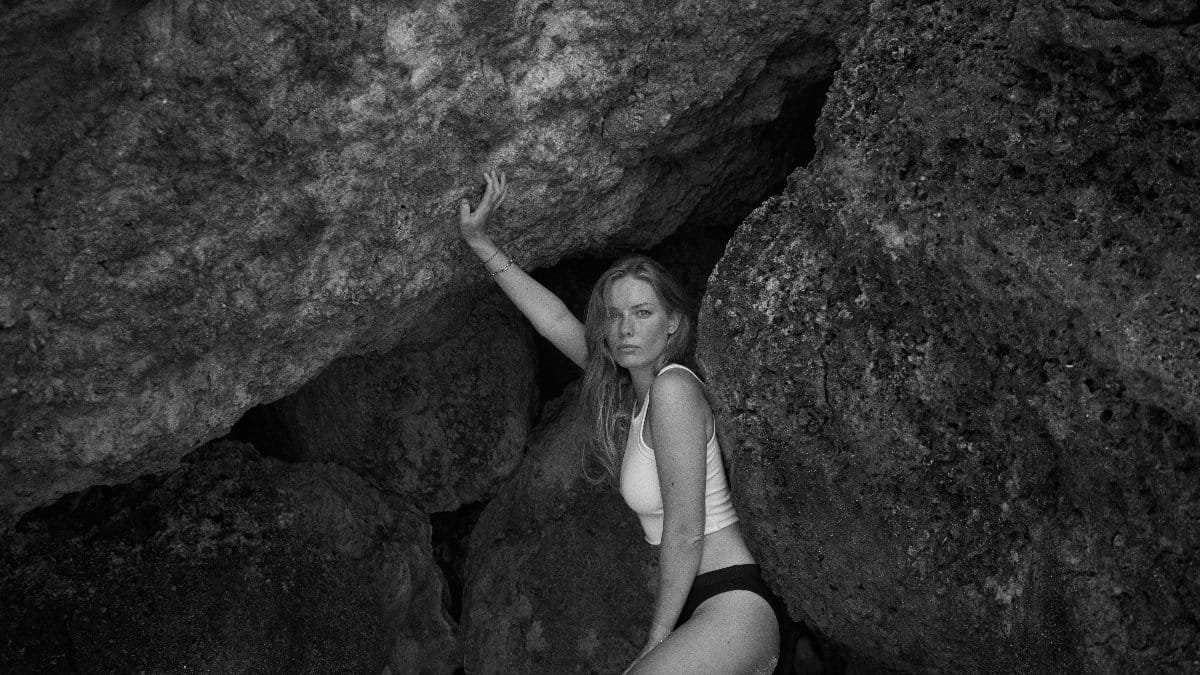Imagine standing on a quiet hillside as the first light of day creeps over the horizon, painting the sky in hues of gold and pink. For a growing number of Americans, this isn’t just a fleeting moment of beauty—it’s a deliberate act of transformation. The practice of sunrise gazing habit success has quietly woven itself into the routines of those seeking clarity and purpose in an often chaotic world. In just five minutes each morning, this simple ritual promises to anchor the day, sharpen focus, and cultivate a sense of intention that carries through hours of distraction. But what makes this habit stick, and why are so many swearing by its subtle power in 2025? Beyond the aesthetic appeal, there’s a deeper pull—a blend of science, mindfulness, and personal resolve—that’s turning early risers into advocates for this understated practice.
1. The Science of Morning Light

Let’s start with the body. Exposure to natural light at sunrise does more than wake you up—it recalibrates your internal clock. Research from the National Institutes of Health shows that early morning light helps regulate circadian rhythms, improving sleep quality and boosting mood.National Institutes of Health notes that this light triggers a cascade of hormonal shifts, notably reducing cortisol stress levels when timed right. For those practicing sunrise gazing habit success, this isn’t just theory. It’s a felt experience—standing outside as dawn breaks, feeling the cool air, and noticing a quiet alertness settle in.
But it’s not only about biology. The act of pausing to witness the day’s first light creates a mental boundary between night and day. One person described it as “a reset button for my brain,” a moment where scattered thoughts from the night before seem to dissolve under the steady glow of morning. This interplay of science and sensation is what hooks many into making sunrise gazing a non-negotiable start.
2. A Ritual of Intention

Why does intention matter? In a world of endless notifications and to-do lists, starting the day with purpose can feel like a radical act. Sunrise gazing habit success often pairs with a mental or whispered intention—perhaps a single word like “focus” or a phrase like “I’ll show up fully today.” This isn’t about wishful thinking. It’s about grounding yourself in a moment of stillness before the rush begins.
Picture a busy parent in suburban Ohio, standing on their porch at 6:15 a.m. As the sun peeks through the trees, they murmur a quiet goal for the day: patience. That five-minute pause, bathed in soft light, becomes a tether they return to mentally during tantrums or traffic. It’s less about the sunrise itself and more about what that act of pausing symbolizes—a commitment to steer the day rather than be dragged by it.
3. The Five-Minute Barrier

Here’s the beauty of this habit: it demands so little. Five minutes. That’s it. No elaborate setup, no expensive gear—just a willingness to step outside or stand by a window as the sun rises. Yet, for many, even this small window feels daunting at first. The pull of snooze buttons or early emails often wins. So how do people push past that initial resistance to achieve sunrise gazing habit success?
Some tie it to an existing habit, like brewing coffee. Others set a phone alarm labeled “Dawn Reset” as a nudge. A recent anonymous account shared online captured the early struggle: “The first week, I dragged myself out of bed grumbling. By day ten, I craved that quiet light more than my coffee.” That shift—from chore to craving—seems to hinge on consistency, even when the weather’s dreary or the bed feels too cozy. Over time, the brain starts to associate those five minutes with calm, not effort.
4. A Counterpoint to Digital Overload

Think about the first thing most of us do upon waking. Reach for the phone. Scroll through news, messages, or social feeds. In 2025, the average American spends over two hours a day on social media alone, according to recent data from Pew Research.Pew Research highlights how this digital deluge shapes attention spans and stress levels. Sunrise gazing offers a stark contrast—a screen-free sliver of time to simply be.
Instead of starting with urgency, those who embrace this habit describe a slower entry into the day. One retiree in Florida shared how those early morning minutes, spent watching the sky shift over the ocean, became their buffer against the noise of endless news alerts. “It’s just me and the light,” they said. “No one’s demanding anything.” That deliberate disconnection, however brief, carves out mental space in a way that scrolling never can.
5. Building a Community of Early Risers

This isn’t always a solitary act. Across the U.S., small groups are forming—friends, neighbors, even coworkers—uniting for sunrise meetups. In cities like Portland and Austin, informal “dawn clubs” have popped up, where people gather in parks or on rooftops to watch the sunrise together. It’s not just about the view. It’s about shared quiet, a collective pause before the grind.
These gatherings often spark conversations about goals or challenges, turning a personal habit into a communal anchor. A study from the University of Michigan suggests that such micro-connections can boost well-being by fostering a sense of belonging.University of Michigan points to how even brief interactions can lift mood. For those who find solo gazing lonely, these groups offer accountability and camaraderie, reinforcing sunrise gazing habit success through connection.
6. Adapting to Life’s Realities

Not everyone has a perfect view or a flexible schedule. Urban dwellers might only see slivers of sky between buildings. Shift workers may miss dawn entirely. Yet, the essence of sunrise gazing habit success isn’t tied to an Instagram-worthy vista. It’s about the act of pausing with intention, wherever you are. Some adapt by watching through a window while sipping tea. Others, unable to catch the actual sunrise, mimic the ritual with a quiet moment at their first break, visualizing the day’s start.
Consider a nurse in Chicago, finishing a night shift as others wake. She can’t gaze at dawn, but she steps outside the hospital at 7 a.m., closes her eyes for five minutes, and breathes as the city stirs. “It’s my sunrise,” she insists. That flexibility—meeting the habit on your own terms—seems key to sustaining it amid life’s messiness. Resources like the American Psychological Association emphasize how such adaptive mindfulness practices can still yield stress-reduction benefits.American Psychological Association underscores the value of tailoring rituals to fit reality.
7. The Long-Term Payoff

What happens when this habit sticks? Over weeks and months, many report a subtle but profound shift. Mornings feel less rushed. Decisions come with more clarity. There’s a quiet confidence in facing the day, rooted in those fleeting minutes of light. It’s not that life’s problems vanish—deadlines loom, conflicts arise—but the capacity to handle them seems to grow.
Think of it as compounding interest. Each five-minute session builds on the last, wiring the brain for calm and focus. By 2025, as stress and burnout remain top concerns for Americans, this low-effort, high-impact practice feels like a small rebellion against overwhelm. It’s a reminder that success—however you define it—often starts with how you choose to begin. Sunrise gazing habit success isn’t a cure-all, but for those who’ve woven it into their lives, it’s a steady foundation, a way to claim the day before the world does.
